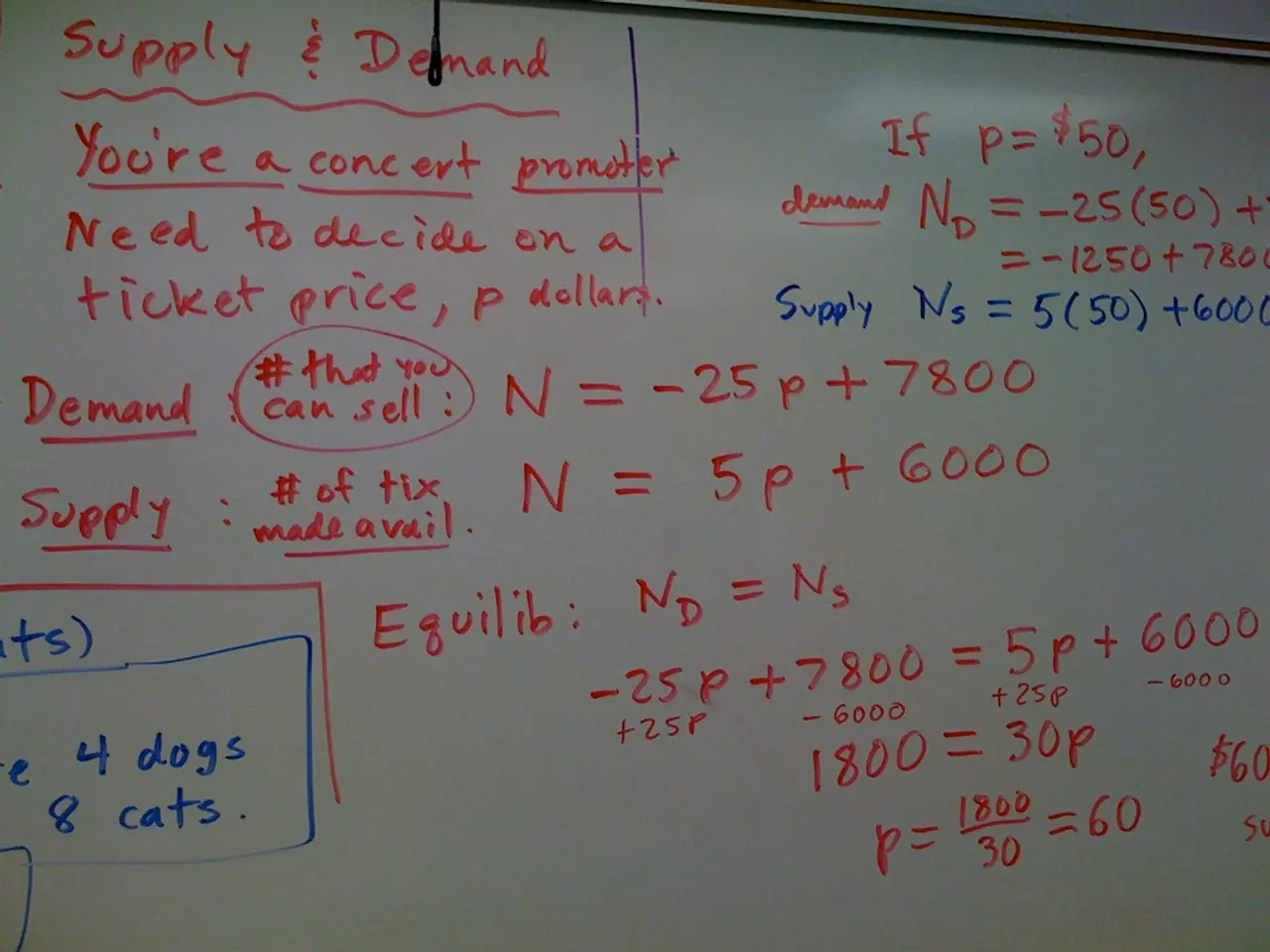Shifts from token-based systems to patch-based approaches begin
Meta's innovative Byte Latent Transformer (BLT) architecture is challenging the status quo of language models by adopting a byte-level approach to text processing. Unlike traditional models that rely on pre-defined tokens, BLT processes raw bytes directly, offering several advantages and disadvantages.
Advantages:
The elimination of an explicit tokenizer step in BLT reduces dependencies on pre-designed vocabularies and tokenization heuristics. This tokenizer-free processing allows the model to work seamlessly with different languages, scripts, or mixed-lingual input without the need for designing language-specific tokenizers or vocabularies.
Another advantage is the dynamic patching feature, which enables the model to allocate compute resources more adaptively and efficiently based on the input's complexity or information content. This dynamic approach can match the performance of state-of-the-art tokenizer-based models while offering the option to trade minor performance losses for up to 50% reduction in inference flops.
Disadvantages:
The main challenge with BLT is the increased sequence length due to processing raw bytes instead of larger tokens, which can increase computational and memory costs for the model. Additionally, without stable, pre-defined tokens, the model must learn to build meaningful patches dynamically, which may complicate training and convergence processes.
The lack of linguistically meaningful units in the patches built dynamically from bytes may also make the model less interpretable or harder to analyze. Lastly, as a newer architecture, BLT may not yet match the fine-tuned performance, ecosystem support, and efficiency optimizations developed over years for token-based language models.
Despite these challenges, Meta's BLT architecture offers promising possibilities for building more efficient models. For instance, it allows simultaneous increase in both the model size and the average size of byte groups while keeping the same compute budget. This approach suggests a future where language models might no longer require fixed tokenization.
BLT has demonstrated superior results on character-level understanding tasks, significantly outperforming token-based models by more than 25 points on benchmarks like the CUTE benchmark. It also handles edge cases, such as tasks that require character-level understanding, like correcting misspellings or working with noisy text, better than traditional models.
In summary, Meta’s BLT architecture trades traditional tokenization for a flexible, byte-level approach that can simplify multilingual support and robustness while facing challenges of longer sequences and training complexity inherent in dynamic byte patching. This innovative approach offers a promising path for the future of language models.
For those interested in discussing this approach further, Meta provides a community Discord for discussions.
The technology of Meta's Byte Latent Transformer (BLT) architecture, instead of relying on pre-defined tokens, processes raw bytes directly, leveraging artificial-intelligence by building meaningful patches dynamically. However, the increased sequence length due to processing raw bytes and the challenges in training and convergence processes make it less interpretable compared to traditional token-based models.




